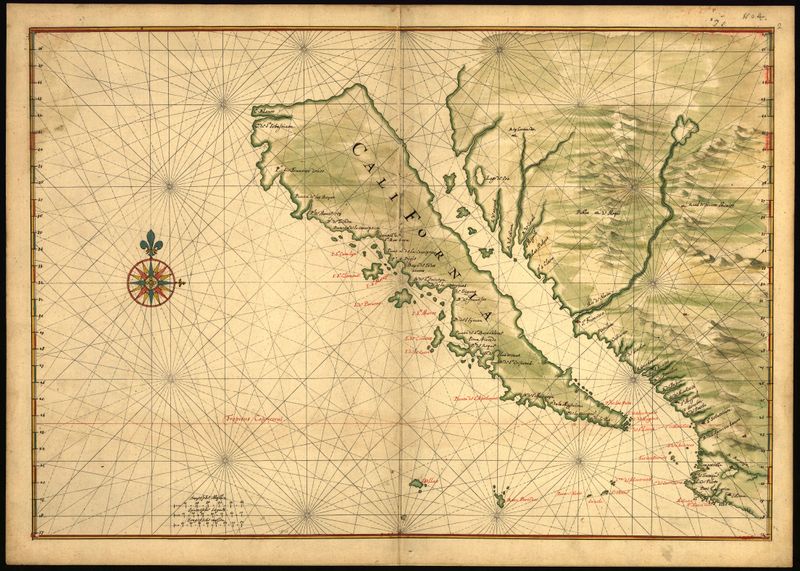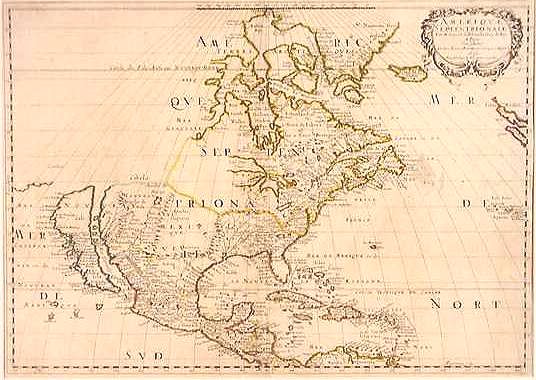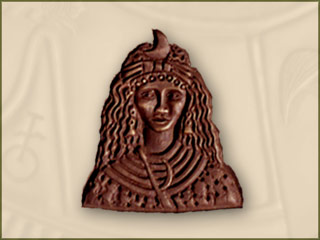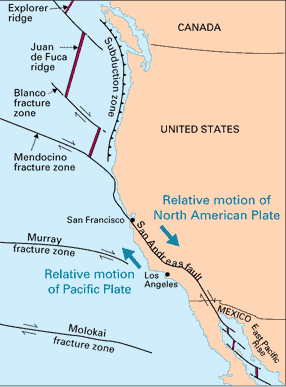The origin of the name of the US State of California is disputed by scholars. Theories regarding the origin range from the use of the place name Califerne in the eleventh century Old French poem The Song of Roland (an epic about the defeat of Charlemagne by the Muslims in 778; however, the place name seems to refer to Africa, and it is likely that Califerne is derived from the word “caliph,” an Islamic word having dubious relevance to America) to meaning “hot as an oven” (word play on the Latin calida > hot and fornax > oven) or to an eighteenth century Mexican theory that it is from an indigenous term, kali forno, meaning “high mountains.”
While the derivation of the name is unknown, the first written reference to “California” occurs in a novel, published in 1510, about the mythical Island of California, supposedly named after the legendary Queen Califia. The novel, Las sergas de Esplandián (The Adventures of Esplandián) by the Spanish writer Garci Rodríguez de Montalvo, describes the “island” as follows:
It is known that to the right of the Indies there exists an island called California very near the terrestrial paradise; and peopled by black women among whom there was not a single man since they lived in the way of the Amazons. They had beautiful robust bodies, spirited courage and great strength. Their island was the most impregnable in the world with its cliffs and headlands and rocky coasts. Their weapons were all of gold…because in all the island there was no metal except gold. And there ruled over that island of California a queen of majestic proportions, more beautiful than all others, and in the very vigor of her womanhood…she was reputed the most beautiful of women; and it was she, O Californias! who accomplished great deeds, she was valiant and courageous and ardent with a brave heart, and had ambitions to execute nobler actions than had been performed by any other ruler — Queen Califia.
Montalvo’s description of the Island of California is, undoubtedly, behind the early geographic misconception that California was an actual island. The misconception was perpetuated by European cartographers during the seventeenth and eighteenth centuries, despite evidence to the contrary by several explorers, notably Father Eusebio Kino during his exploration of the American southwest from 1698 to 1701. Today, it can be argued that California, particularly Southern California, is an island, at least culturally (hence, the New York joke about the difference between California and yoghurt being the fact that yoghurt has real culture!).
Interestingly, Montalvo’s description of his fictional “island” has parallels in terms of California’s gold rush in the nineteenth century, not to mention the perception of the State being a Garden of Eden and/or a product of Hollywood’s obsession with fiction. And, ironically, because of tectonic plate movement, it is probable that Baja and part of Southern California west of the San Andreas Fault will become a literal island in the next few million years, as the relentless drive of the Pacific plate carries the “Island of California” towards Alaska.
Editor’s note: Most of this material was condensed from the Wikipedia article on “The Island of California.” Article by Bill Norrington





